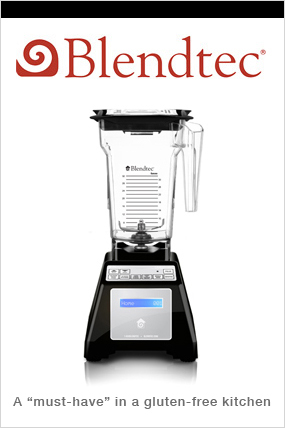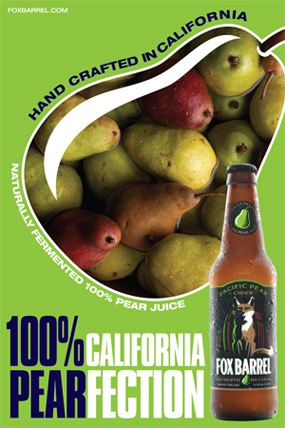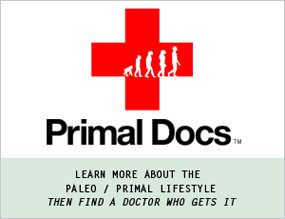As you probably have figured out from this website, I’m always going on and on about not only a gluten-free diet, but a grain-free diet as well. While I know that one size does not fit all when it comes to diet — I have NEVER met a person that did not show tremendous improvement in their overall health after adopting a grain-free diet lifestyle. Between weight melting off like butter, long term skin conditions clearing up, and energy levels that are far higher than any in recent memory, you get the idea of how much it means to me.
I just came across this post (from May 1, 2009) that somebody else had shared on Facebook for 10 Reasons to Go Grain-Free by Nourished Kitchen. It’s a great list of reasons for anyone to consider when deciding to make the switch and regain control of their health — whether you have celiac disease or not. If you’re not convinced, try a grain-free diet for a month and see how you feel. I think you’ll be amazed. One program that I highly recommend is the Whole 30 by Dallas and Melissa Hartwig, it’s a great introduction into the grain-free (and Paleo) lifestyle. Even though it’s a few years late, a big thank you to Jenny of Nourished Kitchen for such a fantastic post.
Would you be willing to give up grains? Tell us why or why not.
“I’ve been toying, off and on, with the idea of eliminating grains for a while. I love them though – they’re delicious in all their slightly sweet, grainy goodness. Still, there’s little reason to incorporate them into the diet on a regular basis with the exception of one: personal preference. I know, I know. I can hear you now: “But they’re good for you!” “But they reduce heart disease!” “But they have fiber!” Here’s a little food for thought: there’s no vitamin or mineral you can get from grain that you can’t get in better quantities elsewhere. So let’s take a look:
why you should go grain-free
1. if you can get it from grain, you can get it elsewhere.
The big heroes of most grains’ nutrient profile are dietary fiber and B vitamins. Take heed, every grain is different and different grains offer different nutrient profiles. Yet, one thing remains constant: if you can find the nutrient in grain, you can find the nutrient in better quantities in other foods. For example, 100 grams of whole wheat flour contains 44 mcg of folate; however, a 100-gram portion of lamb liver will give you 400 mcg of folate and a 100-gram portion of yardlong beans will give you a whopping 658 mcg per 100-gram portion. Similarly with the B Vitamins niacin and thiamin, while a 100-gram whole wheat flour contains 30% of the RDA for niacin and 32% of the RDA for thiamin, you can find these nutrients in higher quantities in other foods – namely flaxseeds and sesame seeds. Whole grains are often touted as health foods for their fiber content, but you can find dietary fiber in better quantities in other, more nutrient-dense foods. For example: 100 grams of cooked brown rice offers up 1.8 grams of dietary fiber; by contrast, a 100-gram serving of cooked collard greens offers 2.8 grams; 100 grams of raw fireweed contains a whopping 11 grams of dietary fiber and even green peas contain about 5 grams of fiber per serving.
2. grains aren’t good for your gut.
Intestinal health is critical to your overall health. If you’re gut isn’t healthy, you can’t absorb nutrients from the foods you eat. If you can’t absorb nutrients from the foods you eat, your body is malnourished and is more prone to disease. Grains are associated with a condition called leaky gut syndrome. Tiny particles of grains, when ingested, can slip through the intestinal walls causing an immune response. With your immune system excessively taxed by constantly attacking these out-of-place particles of grain, it cannot effectively fight against true threats like pathogens.
3. you’re probably gluten-intolerant.
If you’re white, there’s a good chance that you’re gluten-intolerant to some degree. Current research estimates that about 1% of the population suffers from celiac disease, an auto-immune condition related to the ingestion of gluten-containing grains like wheat and barley; however, some researchers on celiac disease and gluten intolerance estimate that 30% to 40% of people of European descent are gluten-intolerant to some degree. That’s a lot of people who are regularly consuming a food that makes them sick. (And, yes, I’m one of them.)…”
Read the rest of the reasons to go gluten-free on Nourished Kitchen »





